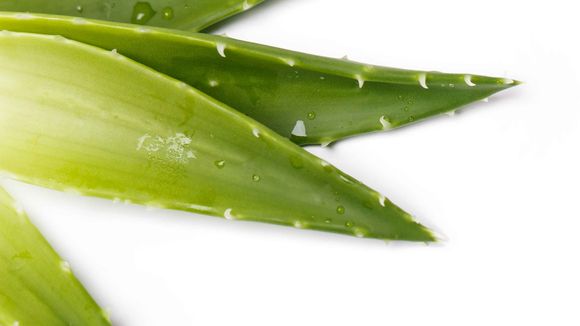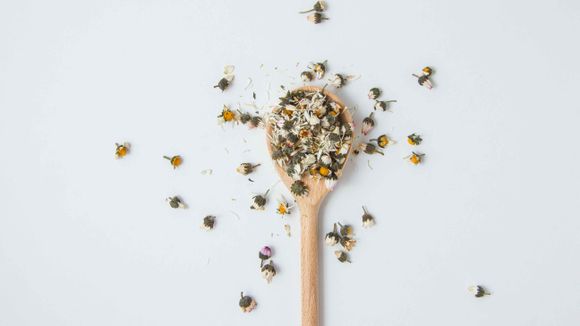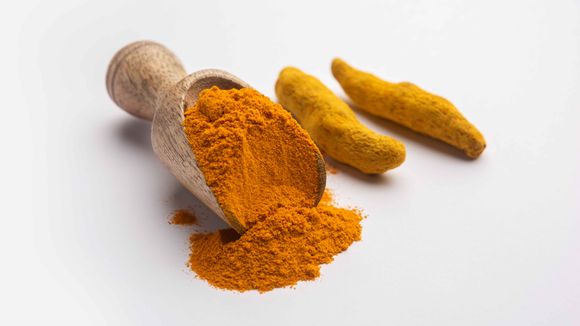Traditional use of medicinal plants in wound healing
For more than 5,000 years, the Egyptians, indigenous peoples of Africa, Asia, the Romans, and other peoples have used medicinal plants as the first line of therapy for inflammation, burns, ulcers, and surgical wounds. These medicinal plants are known to contain many natural bioactive compounds that help speed up the process of wound healing and tissue regeneration. Some examples of medicinal plants and their wound healing effects are listed next.
The most powerful medicinal plants and their healing components
The wound healing process is a string of interdependent cellular and biochemical stages that try to improve the condition of the wound. If we want this wound healing process to happen faster through innovation, the desired effect is to shorten the time it takes to heal or reduce the risk of developing wounds.
In traditional medicine, drugs are applied topically or systematically to help wound healing. Antibiotics, antiseptics, flake removers, extracts and others have been used to heal wounds. Some synthetic drugs face restrictions due to their side effects.
On the other hand, phytotherapy through plants or plant-derived combinations are a field of research, identification and formulation for the treatment and management of wound healing. There is increasing interest in using medicinal plants for wound healing due to lower side effects. Studies have shown that medicinal plants improve wound healing in diabetes, as well as in infected and open wounds. There are various mechanisms by which these medicinal plants improve wound healing and promote tissue healing.
Centella asiatica
Centella asiatica (Centella asiatica) is a plant that has been used to accelerate wound healing. [ref. 1] To facilitate the healing of chronic ulcers in terms of their distance, depth and scale, extracts of Centella asiatica have been considered in several studies. [ref. 2]
Aziaticoside isolated from Centella asiatica has been shown to promote epithelialization and collagen deposition in a wound of several types. Isolated triterpenes from Centella asiatica improve collagen remodeling and glycosaminoglycan synthesis. In addition, oral administration of madecasoside by Centella asiatica has been shown to promote collagen synthesis and wound site angiogenesis.
Turmeric (Curcuma longa)
Curcumin has been used as a remedy and as a nutritional spice for many years as it is an active agent found in the root of Curcuma longa and a member of the ginger family. [ref. 3]
Curcumin is used by conventional Ayurvedic doctors to treat asthma, respiratory diseases, liver disorders, diabetes and skin injuries. Curcumin is a popular remedy in traditional Chinese medicine and for stomach pain. Curcumin has been commonly used for decades by various ethnic groups and is among the most widely studied dietary supplements.
Experimental findings from various in vivo and in vitro tests have shown that by altering the pericellular and extracellular matrix, curcumin generates much of its beneficial effects. Therefore, it may not be surprising that curcumin stimulates fibroblast proliferation, granulation tissue development, and collagen deposition in skin wound healing. [ref. 4]
Aloe (aloe vera)

Aloe vera consists of many natural bioactive compounds, including basic and complex ones such as glycosides, polysaccharides, saponins, pyrocatechol, anthraquinones, acemannan, phytol, oleic acid, and water-soluble polysaccharides. [ref. 5] Acetone extracts from aloe vera leaves showed greater antimicrobial activity than that of alcohol and water extracts. Aloe vera contains saponins, acemannan and anthraquinone-derived compounds with proven antimicrobial activity.
Topical administration of aloe vera may help reduce wound closure time, as documented in rat studies. [ref. 6]
Ginseng (Panax ginseng)
In China, Japan, Korea, and Eastern Siberia, it is one of the most popular medicinal plants used. [Ref. 7] Panax ginseng is used to treat depression, anxiety, and chronic fatigue disorders. Panax ginseng has been shown to cause vasodilation, control blood lipids, reduce inflammation, and have antioxidant, anti-cancer, antibacterial, antiallergic, anti-aging, and immunomodulatory capacity.
Panax ginseng contains many bioactive compounds, of which the most powerful active ingredient of Panax ginseng is the saponin family. Panax ginseng root extracts protect the skin from acute UVB radiation and significantly improve healing after sunburn and excision wound injury. [ref. 8]
Tea tree (Melaleuca alternifolia)
The tea tree, which is native to Australia, produces oil that has long been thought to be beneficial for skin diseases, including mild acne, mycosis, small wounds, dandruff, insect bites and other inflammatory skin conditions.
It is necessary to further investigate the use in acne and scalp, but for now there is evidence of the antimicrobial properties of tea tree oil on wounds and local infections. Tea tree oil, as with all essential oils, should be diluted in base oil.
How to prepare herbs for topical application
Depending on the plant, the immediate need for healing, and how painful the wound is, there are several ways to prepare plants for topical application:
- Use the fresh plant: dial a few leaves and rub them on your skin;
- Paw: soak the plant in hot water for about ten minutes, as you would for tea. Use 1-2 large handfuls of herbs in 1-2 cups of water. If you use fresh leaves, mash them or chop them in mojito style. Let the plant cool and then apply it to the affected area. Apply for 10-20 minutes, several times a day. Suitable for sprains and injuries without damaged skin;
- Compress: prepared as a paw. Strain the plant material and soak a cloth in the squeezed juice. Place the towel on the scratch, wound or place of trauma. This prevents the plant from entering directly into an open wound and is generally less likely to cause a reaction;
- Butter, ointment or cream: it is more complicated to make yourself, but it is certainly possible if you are interested. Available from herbalists and farmers' markets too; the more common ones with ingredients such as aloe vera, arnica, mint and the like can be found in stores and pharmacies; Essential oil: several plants are best applied as pure essential oils. They are available in small brown jars and are found in herbal product stores and organic markets. Many kilograms of plant material are distilled to separate only volatile oils. However, they will last you for a long time - only one or two drops are needed for topical application. It is important to know, that most essential oils are too strong to be applied directly to the skin. Therefore, they are always diluted with a little base oil (e.g. jojoba) or used in ointment.
DIY Herbal Medicine
The great advantage of herbs is that they go well together. Instead of contradicting each other, they create synergy, making the whole even more beneficial. Feel free to mix and combine the medicinal plants you have available. If you are in doubt about how to do it, ask someone more familiar with phytotherapy.
Here is a recipe for a useful compress for abrasions, scratches or wounds, which we named Compress "Do it yourself" and contains:
- 1 part flowers of chamomile (Matricaria chamomilla L.) [ref. 9]
- 1 part calendula flowers
- 1 part leaf and yarrow color
- 1 part sheet of oman
- 1 part leaf plantain
Soak 1/4 cup herbal mixture in 2 cups of water for 10-15 minutes or until it has a good temperature. Strain through a French press or other vessel. Soak a towel in the liquid and apply it to abrasions, scratches or wounds for 20 minutes. Repeat several times a day. Store the liquid in the refrigerator for up to 1 day or overnight.








